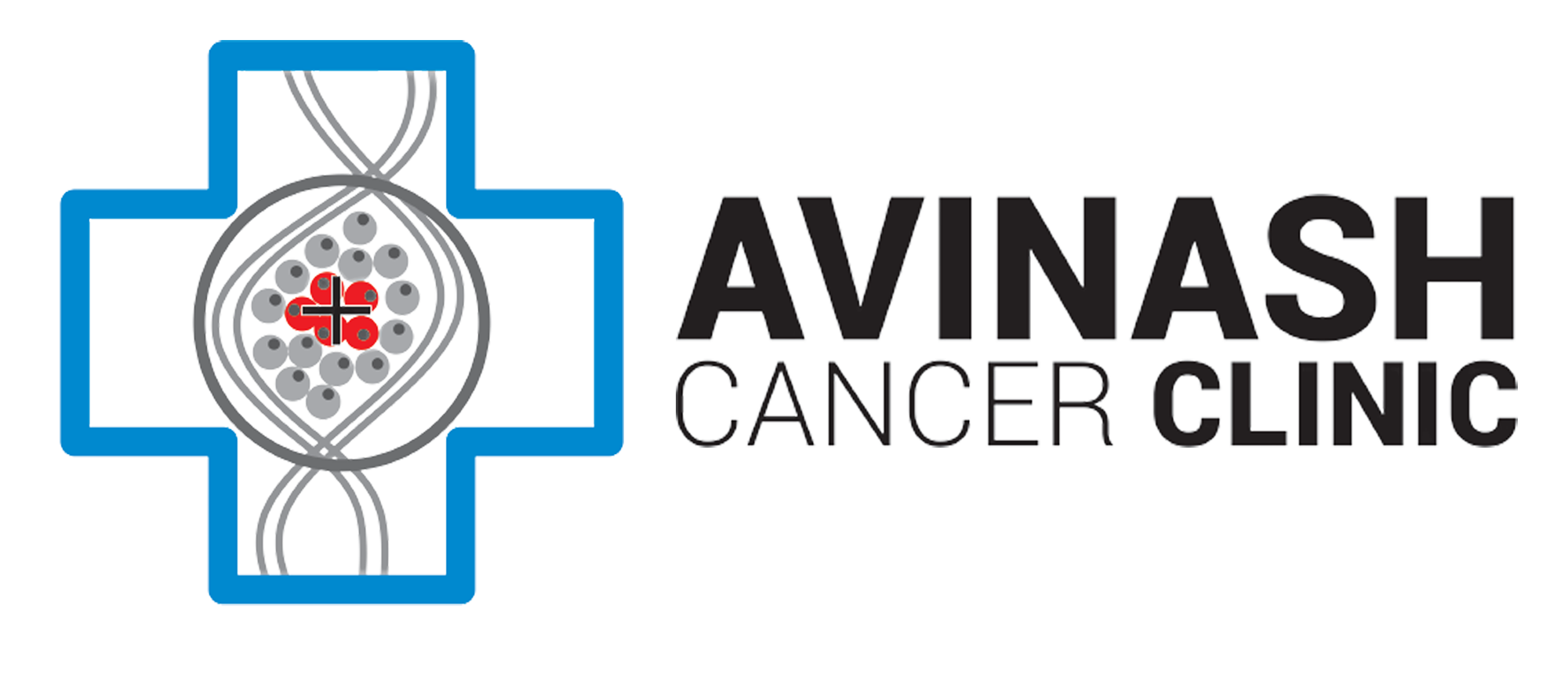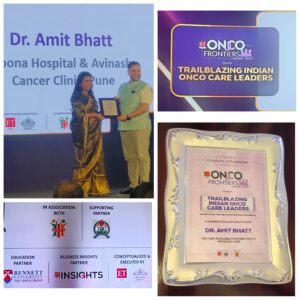Acute Leukemia/ MDS
What is blood cancer?
Blood cancer affects the production and function of blood cells. It starts in the bone marrow (where blood production is done). Stem cells present in the bone marrow develop and mature three types of blood cells: red blood cells, white blood cells, or platelets. In blood cancer, blood production of blood is interrupted due to the growth of abnormal blood cells.
What are types of blood cancer?
There are 3 types of blood cancer –
- Leukemia – This occurs due to the rapid production of abnormal blood cells in the bone marrow, which affects the bone marrow’s ability the production of red blood cells and platelets.
- Lymphoma -It mainly affects the lymphatic system, which is responsible for the removal of excess fluids from your body and producing immune cells. Abnormal lymphocytes become
- lymphoma cells, which grow uncontrollably in your lymph nodes and other tissues cause cancer.
- Myeloma – It affects plasma cells ( responsible for the production of disease-fighting antibodies ), which results in a weak immune system.
Acute Leukemia/ MDS
Acute Leukemias/MDS
These are of two types:
- Acute Myeloid Leukemia
- Acute Lymphoblastic Leukemia
MDs is like Preleukemia
What are the Symptoms?
Fatigue can be seen due to decreased hemoglobin. Recurrent infections occur due to decreased WBC and tendency to bleeding occurs due to decreased platelets. Also because of the cancer cells they can have fever, breathlessness and bone pains.
What is the cause of Acute Leukemia/ MDS?
Cause is mostly unidentified. It is thought to be secondary to some mutations in the body. In some cases it can occur after certain drugs, radiation. Acute leukemia can also evolve from pre-leukemia (MDS) It is sometimes inherited in families as a part of inherited syndromes.
How is it diagnosed?
It is diagnosed with the help of a bone marrow test which shows increase in cancer cells. These tests are identified with a special test called flowcytometry.
What are the stages of blood cancer?
Staging is done to determine how much is the cancer spread. Blood is everywhere in the body and hence blood cancers are never staged. What is the risk characterization? Based on the genetic mutations these cancers can be divided in favourable risk, intermediate-risk and high-risk disease.
Why is risk characterization necessary?
Risk category determines the likely outcome of any treatment in the patient i.e. the chances of cure.
Favorable risk chances are around 70% and poor-risk chances are 25%
What happens if the patient is not treated?
These patients can have recurrent symptoms of fatigue, bleeding and infection. Rarely the infections and bleeding can be so severe so as to cost the life of the patient.
Who is the best blood cancer doctor in Pune?
At Avinash Cancer Clinic, we have a team of thebest blood cancer doctors in Pune. Our highly specialized team of blood cancer doctors comprising ofHaemato-oncologistsprovide treatment for a variety of cancers like lymphomas, leukaemia and multiple myelomas.
At Avinash Cancer Clinic, we have thebest blood cancer doctors in Punewho specializes in treating blood cancer with surgery, chemotherapy,bone marrow transplant, biological therapy and haemato oncology.
What is the treatment?
Treatment options depends on the type of MDS/ Leukemia
- Low risk MDS: only some oral medicines
- High risk MDS: Bone Marrow transplant
Acute Leukemia
Therapy involves induction chemotherapy followed by assessment of response in form of assessment of minimal residual disease (MRD) in these patients. If the disease is controlled on chemotherapy, it is continued. If the disease is MRD positive, or is a Intermediate or poor risk disease transplant is to considered.
Why Transplant when the patient can be treated with only chemotherapy?
If the patient has Favorable risk and the patient is MRD negative after 2 cycles of therapy transplant is not needed. In all other patients transplant decreased the chances of leukemia coming back.



